|
By Anne Andrew How can you help your teen or preteen recover from a devastating disappointment? Learn the simple question that can turn things around: “Is there another way of seeing this?” When your child comes home from school and retreats to their room with a slam of the door, you may well suspect that: The math test didn’t go well They didn’t make the team, Their best friend ditched them for someone else or countless other possibilities. Whatever happened, you know that for your child it feels as if the end of the world just arrived. This post will give you the tools you need to help your child recover quickly by reinterpreting the event in a positive light. The Problem: Our children (and we) see everything through the lens of the negative beliefs they have about themselves. In fact, those beliefs choose their thoughts and feelings for them – they are the default thought pathways that they replay over and over. So, when your daughter fails to make the soccer team, her thoughts immediately jump to validation of her negative beliefs and those thoughts are always painful. For example:
How, then, can we help our children to reinterpret their disappointments? First things first: Before you can begin to help your child in any situation, it is imperative for you to check in with your own feelings. Do you feel disappointed for your child, or upset that your child is upset? You must clear your own feelings first so that you can approach your child with a calm, neutral affect. Using the Choose Again Six Steps to Freedom is a helpful tool in this regard. The solution: Help your child to choose a different interpretation of the event. The three things they need to know to feel better are:
There’s a question that can help them to reframe whatever disaster has befallen them - “Is there another way of seeing this?” Very likely the answer will be “No!”, but just asking the question can open the door to curiosity and a more palatable understanding. There are numerous ways of interpreting any event Any circumstance will automatically be evaluated according to our beliefs about ourselves. These result in fearful and negative interpretations such as:
We can override the automatic, ‘go to’ thoughts that are chosen by our negative beliefs and choose thoughts that feel a whole lot better. The choice is ours. So, when your daughter recovers enough to come out of her room, you can gently ask her what she perceives the problem to be, ask “Is there another way of seeing this?” and offer some help in brainstorming a happier way of interpreting it. The biggest thing she needs to know to feel better is that she is in control of her thoughts, her thoughts don’t have to control her feelings. How can you raise your child to be aware of their power to choose their thoughts?
Here are three ways:
By asking the question, “Is there another way of seeing this?”, we help our kids to know that there are numerous ways of interpreting an event. The default way that led to feelings of disappointment was chosen by a negative belief and that belief is not true. We have the power to choose a different way to see an otherwise neutral event—one that feels better. Next time your son or daughter comes home with a gloomy face. After establishing what seems to be the problem, use those seven words “Is there another way of seeing this?” Then set about brainstorming with them to find a more palatable option. Please let me know in the comments if you found this article helpful. A Few Helpful Resources: It’s my thoughts that cause me pain Events are Neutral Self-Esteem and your worth The behavior cycle – How our beliefs drive our thoughts feelings and behaviors.
4 Comments
Six Things to Keep in Mind to Enjoy the Best Holiday Season Ever!
Do we need to ‘shape’ our kids?Have you ever wondered if having high expectations is good or bad for your child? Numerous parent educators suggest that children rise to the occasion when they are held to high standards and this seems true for some children. Others, however, feel like failures when they bring home a less than perfect grade. The answer, I believe, lies in how the expectations are expressed and how parents (and teachers) view their children. When I first became the Principal of Temple Sholom School, I set one of the goals for the students as: Become the best person that you can become. Years later, as a wiser Principal, I adjusted that goal to state: Be who you are. Even better would be: Find out who you are. Why the shift in language? I became aware that as parents and teachers there's a tendency to take on the role of shaping our children and our students rather than finding out who they are. We want them to learn and to grow in order to improve themselves. We want them to achieve greatness in some way – to find their niche and make a contribution. Our high expectations can inadvertently give them the message that they are not good enough or that they are a disappointment. When we are brutally honest and ask the question, "Why do we want our children to excel?" we may discover that we want them to make us look good so that we can bask in reflected glory. We may put pressure on them to achieve the things that we were not able to achieve. Perhaps we want to live vicariously through them, or have them take care of us eventually. Could it be that we worry about them ending up alone or on the street if they don't get ahead in life? Our worries send the unspoken message that they're not capable or not safe, and these fearful notions are not healthy for them. When we ask our children to be the best they can be we take away their joy and their childhoods by focusing them on their future greatness rather than celebrating their present playfulness and fun. In the coaching work I do with adults, almost all of them feel that they didn't live up to their parents' expectations and took on a belief that they're a disappointment. That belief still colours the experience they are having in life today. It shows up in anxiety and stress. Our children need not take on that belief if we reassure them that their achievements and failures say nothing about who they truly are. They don't have to achieve to win love and they can't lose love with a poor performance. And here’s the thing: Is it really possible to become something that we are not already? Of course, we need to acquire skills and experiences, but the potential to be good at those skills is already within us. We have the ability to read before we learn how to put letters together to form words. That ability just needs to be drawn out of us and then we can do it. Children need to hear that they have innate talents and abilities. Then we can help them to remove the barriers that they and we may have to recognizing and activating their potential. The key message is that whether or not a child rises to their potential, their worth does not change. The Inherent Worth they possess is unchangeable and infinite. So is ours. Our worth is not established by having students that excel or children who make us proud any more than their worth is established by living up to our expectations.
What would the world look like if children knew that they were good enough as they are? If they were encouraged to be kids, to explore and have fun? Play is the work of children and it’s how they learn best. This simple shift in attitude from wanting children to become something we want them to be, to recognizing their essential perfection and their Inherent Worth whether or not that potential is realized, is a fundamental shift and one that will increase the mental-health and the creativity of our children. To Summarize: 1) Check your motivation when setting high expectations for your child. 2) Discover your child's innate talents and abilities. Find out what they love to do. Be curious. 3) Focus on their present playfulness rather than their future career. 4) Help your child to understand that their worth is inherent and does not come from their accomplishments. 5) Taking off the stress of high expectations will lead to more creativity in the long run and happier children. For more information about the concept of Inherent Worth (solid self-esteem), you can visit my website and sign up for my newsletter to receive a copy of A Parent's Guide to Inherent Worth. Is it possible to take the guilt out of parenting?Several years ago, I asked a group of fourth grade students if they could describe what guilt feels like. They could. They described it as “gut-wrenching” and “excruciating”! What could children in fourth grade possibly have done in their lives that could justify them carrying guilt around? At that age? The problem is that one mistake can lead to a child forming a negative belief about himself that he is guilty, and that belief will stay with him for the rest of his life until it is challenged.
We all have unhealthy doses of guilt, but why? We have trouble forgiving ourselves when we do something wrong. Many of us are still serving out the life sentences we gave ourselves as children! Guilt has a way of being transmitted from parents to children. I once saw a cartoon which pictured a mother sitting in a café with her adult daughter. Her daughter says to her, “I feel I need you less, now that I can make myself feel guilty on my own!” Parenting is fraught with opportunities to feel guilty—I’m sure you would agree! We’ve all done things we wish we hadn’t as parents, and in life in general, but feeling guilty is not helpful until we learn to challenge it. Guilt has to go. Guilt is a negative belief that seeks evidence and it is strengthened each time more evidence is found. It can lead to self-loathing, which drives negative behaviors such as addiction, so it needs to be tackled early. In fact, suicide prevention and addiction prevention can begin in elementary school by tackling the guilt and other negative beliefs children pick up as they grow. Innocence-maintenance is a job we can help our children with, so be your child’s guilt-buster. If your child does something wrong, make sure that guilt is not an ongoing problem. Five Ways to Be Your Child’s Guilt-Buster
The point is that the essence of who your child is has never changed, and being in touch with the reality of his Inherent Worth will ensure that there are fewer and fewer guilty incidents moving forward, when the belief “I’m guilty” is reduced or healed. This is actually a reversal of cause and effect. What role does guilt play in your family? If you found this article helpful, visit www.anneandrew.com to learn about my online course The Key to Raising Trouble-Free Kids and Teens. Lessons you can share with your kids or with your inner child. #10 Accepting things as they are feels better than wanting things to be differentI want my mom to buy me candy at the checkout counter. I wish my grandmother didn’t have cancer. I wanted to win the high jump but came second. There’s a line that’s worth remembering “You can be right or you can be happy!” You can be right that you deserve to have candy and that your mom is not being fair, or you can be happy accepting that “no” is the answer and it doesn’t mean anything other than that you are not going to get any candy at the checkout. It does not mean that your mom doesn’t love you or that you are a bad kid! Your worth is intact. You can be right that your grandmother should live forever and not have to suffer, but this thinking will lead to struggling with your emotions. Accepting the situation as it is will lead to more peace and a greater ability to extend love to your grandmother. You can be happy knowing that you have love to give.
You can be right (and miserable) knowing that if only conditions had been a bit different you would have won the high jump, or you can be happy accepting that you came second. Second is a great result and you can share in the winner’s happiness. Your worth has not changed at all. In all of these examples you can cast the event as a neutral fact and see that your upset is not about the event but about your thoughts about the event. By looking at your upset, being a feelings finder and a thought detective, you can identify the beliefs that are driving your upset feelings and you can correct them. Eventually you’ll be able to understand that everything that happens can be used to heal your false beliefs. That’s a major positive shift in thinking. Action Step: Notice all the times in a day something happens that you wish was different. How does that feel? What happens when you accept those same things as they are without resistance? Make sure to remind yourself that your worth has not changed as a result of whatever happened. Lessons you can share with your kids or with your inner child. # 8 Think like a circle not like a ladder.What do I mean by that?? As people, we compare ourselves in all kinds of ways. We think of success in terms of grades, money, fame, votes, popularity, athletic or artistic skill and all kinds of other scales. The result is that we are constantly trying to climb higher on all kinds of ladders – grades, popularity, musical, athletic, you name it – we need to be better at it! That is exhausting and it’s impossible to stay high up on any ladder all the time. We are bound to fail at something. Often. There is a better way to think about our place in the world. That is as part of a circle. That means that no one has any greater or lesser worth than anyone else. That means that you are worth exactly the same as the person you admire the most and as the one you dislike the most! We all have exactly the same worth. There is a big benefit to thinking like a circle. It means that we treat everyone with the same amount of respect (yes, we treat the custodian with the same respect that we treat the Principal at school) and we respect ourselves as much as we respect everyone else. It also means that our self-esteem stays high because it doesn’t depend on our achievements or on what anyone else thinks about us. We can always remind ourselves that we are part of the circle and as such we have worth that is infinite and never changes. It is OK to be good at things and even to be better at things than someone else, but it doesn’t mean that we ARE better. It just means, for example, that you are better at geography than another student in the class. You both still have the same worth. That doesn’t change. What a relief that is! If people would see that we are all part of a circle rather than stacked up on a ladder guess what would happen? Well, for one thing there would be no racism. No one could claim to be better than anyone else. There would be far less conflict. Ladders are unstable and there isn’t much room at the top. It leads to people cheating to get higher up than someone else or being mean or fighting to get ahead. That’s why there is so much conflict everywhere. In a circle, there is room for everyone and we can all be part of the solution to problems – everyone’s voice can be heard in a circle, but only those that shout the loudest can be heard on the tops of the ladders. So, circles and ladders are metaphors for ways of thinking can be helpful or harmful when considering our place in the world and how to stay positive about our own sense of worth. It is OK to step off the ladder and stop comparing ourselves to others. When you think like a circle there is no need to look outside yourself to find your worth, and you’ll be helping the world to become a kinder, gentler place.
Action Step: Ask yourself: How does it feel when you think you have to strive to be the best at sports, or music or math to be accepted or liked? Tell yourself that no matter how good or bad you are at something you are always part of the circle. Notice how you feel now. Any difference? Lessons you can share with your kids or with your inner child. #7 Self-Esteem and Your WorthSelf-Esteem
It is likely you have heard of self-esteem and you probably know when you have high self-esteem and when your self-esteem is low. Your self-esteem generally comes from evidence about yourself that you receive from others or from exam results or from the things other people say about you. So, if you have a bad score on a test, or you don’t score a goal in a soccer game, you might feel bad about yourself. If you do well in school or someone says a kind thing about you, you might get a boost for your self-esteem. Self-esteem varies depending on circumstances. Here’s the thing: We are all born the same way – as innocent babies. One baby is not more or less important than another. We have exactly the same value no matter the colour of our skin or the place we are born. No matter how much money our parents have or don’t have. Disabled or able-bodied makes no difference. Sure, some babies are likely to have easier lives than others depending on their family circumstances, but their potential is the same and never changes whether they achieve anything or not. Your worth (value) Many people (actually most people) think that some people are more valuable than others, but it’s not true. Your worth just is and you don’t have to earn it. Your worth does not depend on anything you do or you don’t do. It doesn’t depend on what you achieve or don’t achieve. It doesn’t depend on how sporty you are or how good at schoolwork you are. It doesn’t depend on whether or not you can carry a tune or remember a poem. It is there – an infinite amount - no matter what. AND IT IS THE SAME FOR EVERYONE. Your worth is no more and no less than the most popular boy or girl in school. It is no more and no less than the smartest kid in your school. So… take your self-esteem from knowing that your worth is the same as that of everyone else. Knowing that is a way to make sure that your self-esteem stays high and never changes. Don’t ever look at external evidence for your sense of self-esteem. Keep it high knowing that you are worthy no matter what. I use the term Inherent Worth to refer to that idea of having huge worth just by being. Keep your head up because you have equal worth with the person you admire the most. Remember that. Action Step: Every morning, look in the mirror and remind yourself: “I am enough as I am.” Try it? Lessons you can share with your kids or with your inner child. #6 Happiness is an inside job!What I’d like to share with you today is that it is not your responsibility to keep anyone else happy – you simply can’t. You may have noticed that a parent or sibling is sad no matter how good or careful you are around them. You are only responsible for your own happiness and it is important not to give away your happiness to anyone or anything else. What I mean by that is that it is very typical to think “I’ll be happy when mum is happy” or “I’ll be happy if I get a good mark on my test”. That puts the source of your happiness outside you and the truth is that happiness is an inside job! The source of our happiness is within us. It is good to know. If we are responsible for our own happiness it means that:
And guess what? When you are happy, others are likely to feel better as well. Everyone wants to be around a happy person – we like to associate with them because it rubs off on us. You can be that popular happy person. Our mind has the power to be happy whatever the external circumstances happen to be. Sometimes just knowing that happiness is in us at all times can help us be happier. We just can’t always see that it is there. Action Steps: Find a quiet place, then close your eyes. Imagine putting all your worries into a balloon, then watch it float away until it disappears high in the sky. Now, FEEL the lightness and space inside you where happiness lives. Have a go! Lessons you can share with your kids or with your inner child. #5 The Behavior Cycle: How our beliefs drive our thoughts, feelings and behaviorsI thought I’d show you one way to think about our behavior and where it comes from and how our beliefs about ourselves drive our thoughts and feelings. So, here’s a diagram. Start at the bottom with the ‘belief’ circle. When we believe something about ourselves, such as that we are stupid, or worthless or not good enough, we start to see the world through the eyes of that belief. That means that if I think I’m stupid, I will look for evidence of that in the things that happen around me and I won’t notice all the evidence that shows how brilliant I am. It’s as if I were to tell you to count the blue cars that pass your house for ten minutes, and then after ten minutes I ask you how many green cars went by – you may not be able to tell me because you were looking for the blue cars. Our beliefs act in the same way – we only find evidence that proves that they are true, not evidence that shows they are false. And – when we find evidence, our beliefs get stronger. That leads to the next circle ‘Thought’. When we think we see evidence for a belief, we have a thought about it. That might be “I’m so stupid, I can’t believe I just did that”. Or “see I knew you wouldn’t be able to do that – there’s no point even trying.” These thoughts then give us a horrible feeling – could be a knot in the stomach and a feeling of despair, or anger, or jealousy or any number of feelings. Sometimes those feelings can result in behavior – such as yelling or hitting. Sometimes we withdraw and become depressed. Sometimes we hurt ourselves or someone else, as a way to numb the pain we feel, but it doesn’t work to do that. What does work is to recognize and challenge the belief (None of our beliefs are true – we made them up!!) That’s the work we have to do in order to change any of our unwanted behaviors. It can actually be fun figuring it out! There are countless possibilities and I challenge you to figure out one for yourself. Two made up examples: Here’s another: Action Steps:
Figure out your own belief cycles by being a feelings finder and a thought detective to link your feelings, and thoughts to your beliefs. What are the behaviors that your beliefs produce? Lessons you can share with your kids or with your inner child. #4 How to Be a Thought DetectiveNow that you know that events are just facts (they are neutral) and that any feelings or emotions associated with an event is coming from you (not from the event), it is time to get curious! Close your eyes and try to remember the first time you felt this uncomfortable feeling.
Whatever judgement you made of yourself in that memory became a belief that you still carry around with you. Every time you feel that same feeling it is because that belief was triggered. The good news is that the judgement you made and the belief about you that you have was made up by you and was never true! You can now work on challenging that belief. The truth about you is that you are exactly as you are meant to me. Nothing missing, nothing wrong with you. You have the same value as every other being on the planet. You don’t have to prove your worth – it is already set. You see, you have two ‘selfs’. You have your ego ‘self’ that is made up by you. I call that part the ‘Made up Monster’. The Made-up Monster believes that she is bad, guilty, never good enough, not worthy, unlovable and many more. The Self that you truly are is the Magnificent Being (peaceful, worthy, loving). The Made-up Monster never stops telling you loudly how unworthy you are, while the Magnificent Being just whispers in a barely audible voice “you’re OK as you are, you’re worthy, you’re enough, you have everything you need, happiness is yours whenever you want it”. The trick is to tune into your inner Magnificent Being and ignore your Made-up Monster. Easier said than done, but you can do it! By being a feelings finder and a thought detective you can gradually figure out what your Made-up Monster looks like and how to make it smaller. By meditating, being mindful and being grateful, you can learn about your Magnificent Being and how to tune in to that. Action Steps:
|
Author I know firsthand the emotional and financial costs of having a troubled teenager and I don’t want that to happen to you. That's why I wrote my book What They Don't Teach in Prenatal Class: The Key to Raising Trouble-Free Kids and Teens (available on Amazon). Archives
April 2022
Categories
All
|
get in touch
Email: [email protected] Tel: (1) 604 720 2776
Sign Up to my newsletter
Get information and articles about how to raise happy, mentally-healthy, and addiction-free kids!





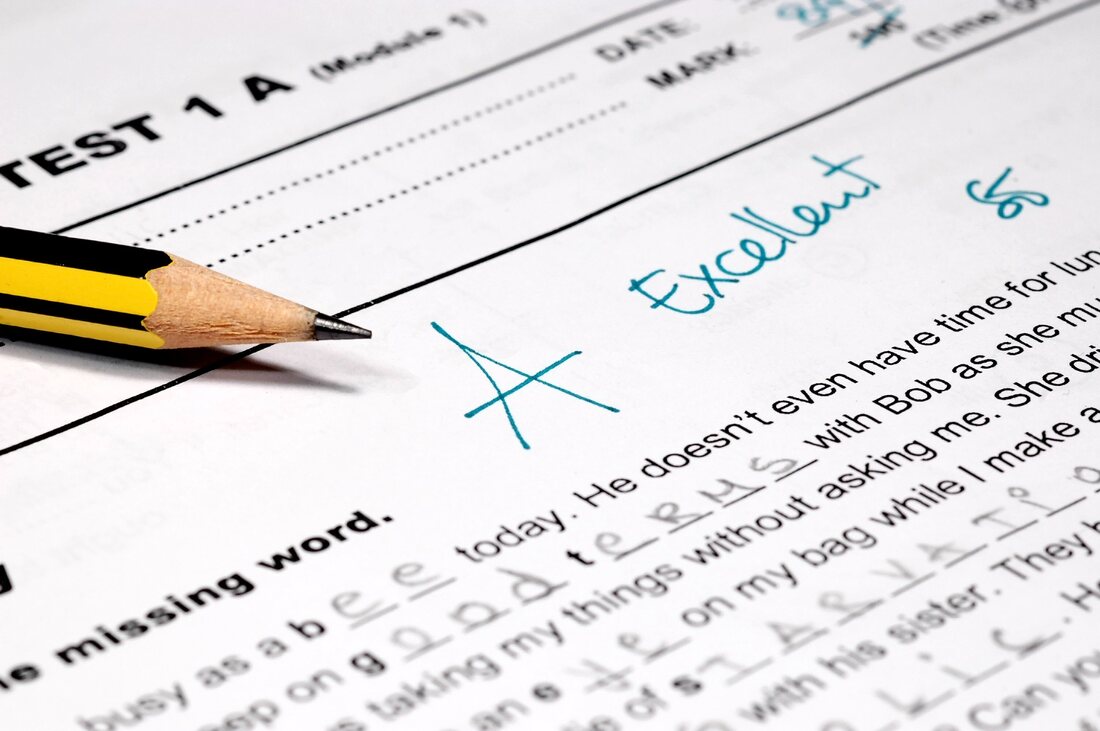


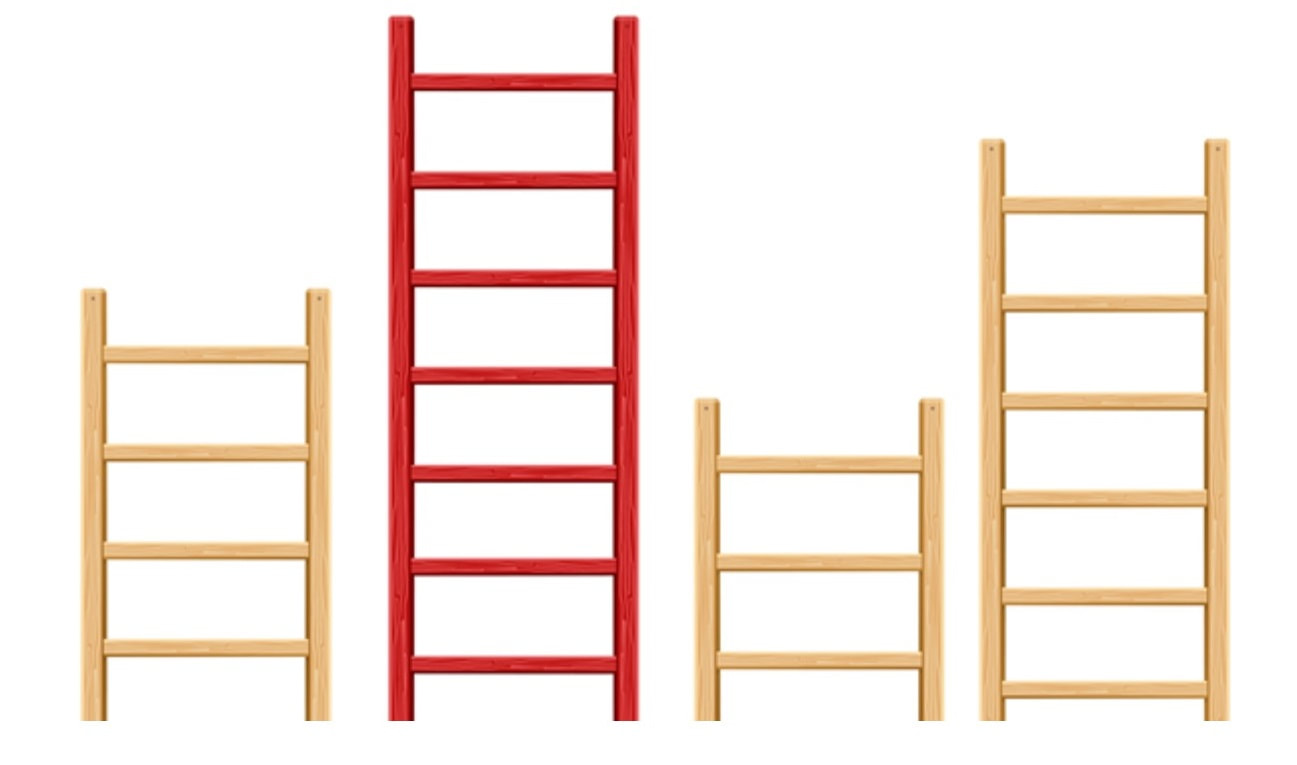



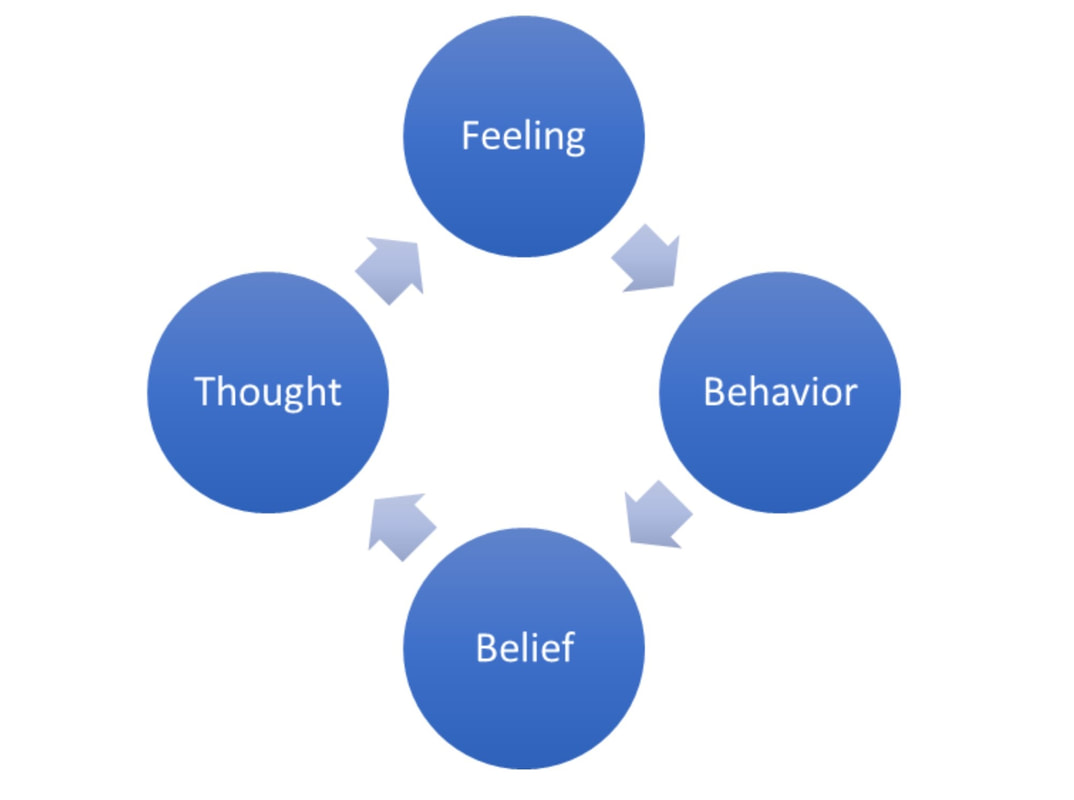
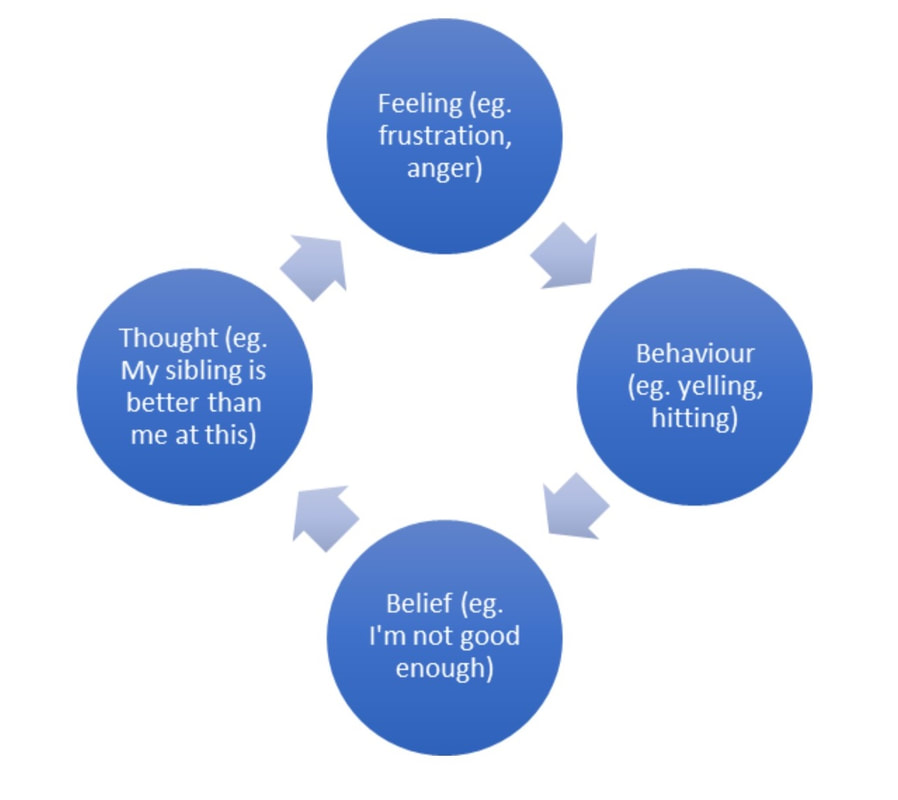
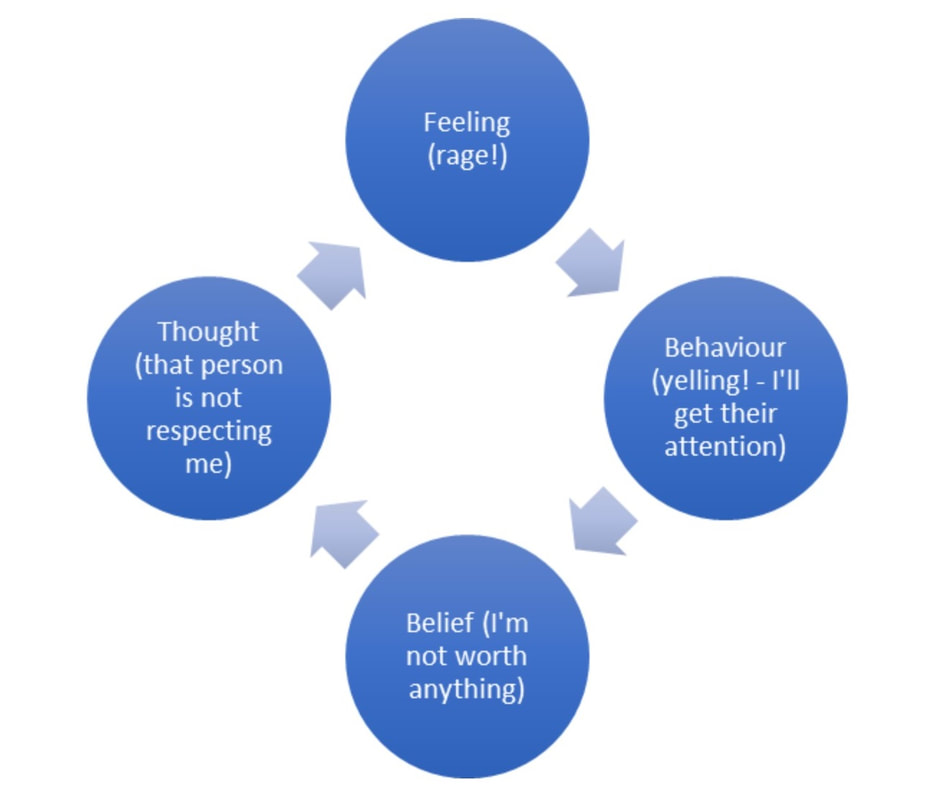

 RSS Feed
RSS Feed